In the first part of this 6-blog series, we introduced Instantel’s white paper (Limitations of MEMS Accelerometers for Vibration Monitoring Systems) that presented research comparing current Micro-Electro-Mechanical Systems (MEMS) Accelerometers against traditional solenoid geophone sensors. The paper concluded that, when it comes to vibration monitoring for industrial, construction and blasting applications, data from MEMS Accelerometers can be erroneous due to the frequency and amplitude of the vibrations being recorded, and are particularly unreliable when measuring high frequency vibrations caused by explosives, heavy construction equipment, jackhammers, pile drivers and the like.
In parts 2 through 6 of this blog series, we will explore the five major concerns that Instantel outlined in their white paper:
- Vibration Rectification Error (VRE)
- Operational limits at high frequencies
- Aliasing
- Noise and the noise floor
- Regulatory compliance
Concern #1: Vibration Rectification Error
Construction activities, industrial machinery and blasting often generate intensive ground vibrations that can negatively affect surrounding structures and equipment, as well as the people living in nearby communities. Vibration monitoring systems have long been used to assess the impact to people, property, and structures during the construction period. Solenoid geophone sensors have been the standard device for this type of vibration monitoring for many years; however, MEMS accelerometers – smaller, lightweight, less expensive devices – are growing in popularity.
According to Instantel, MEMS accelerometers can fall prey to a phenomenon known as Vibration Rectification Error (VRE).
Vibration monitoring equipment is subjected to a wide range of vibrations spanning various amplitudes. VRE occurs when an accelerometer “rectifies” or converts AC (alternating current) vibration patterns to DC (direct current) vibration patterns, thus producing errors in the data. This conversion is a direct result of the nonlinearities and asymmetries inherent in the device’s sensors.
So What Does This Mean?
When a MEMS accelerometer detects vibrations with high frequencies, it cannot adequately capture the vibration patterns, so it converts these variable data patterns to a “best fit” straight line, often times “clipping” peak amplitudes, causing inaccuracies in the data. The VRE will vary depending on location and application, so it becomes inconsistent and unpredictable, making it difficult to correct.
Read Instantel’s findings here.
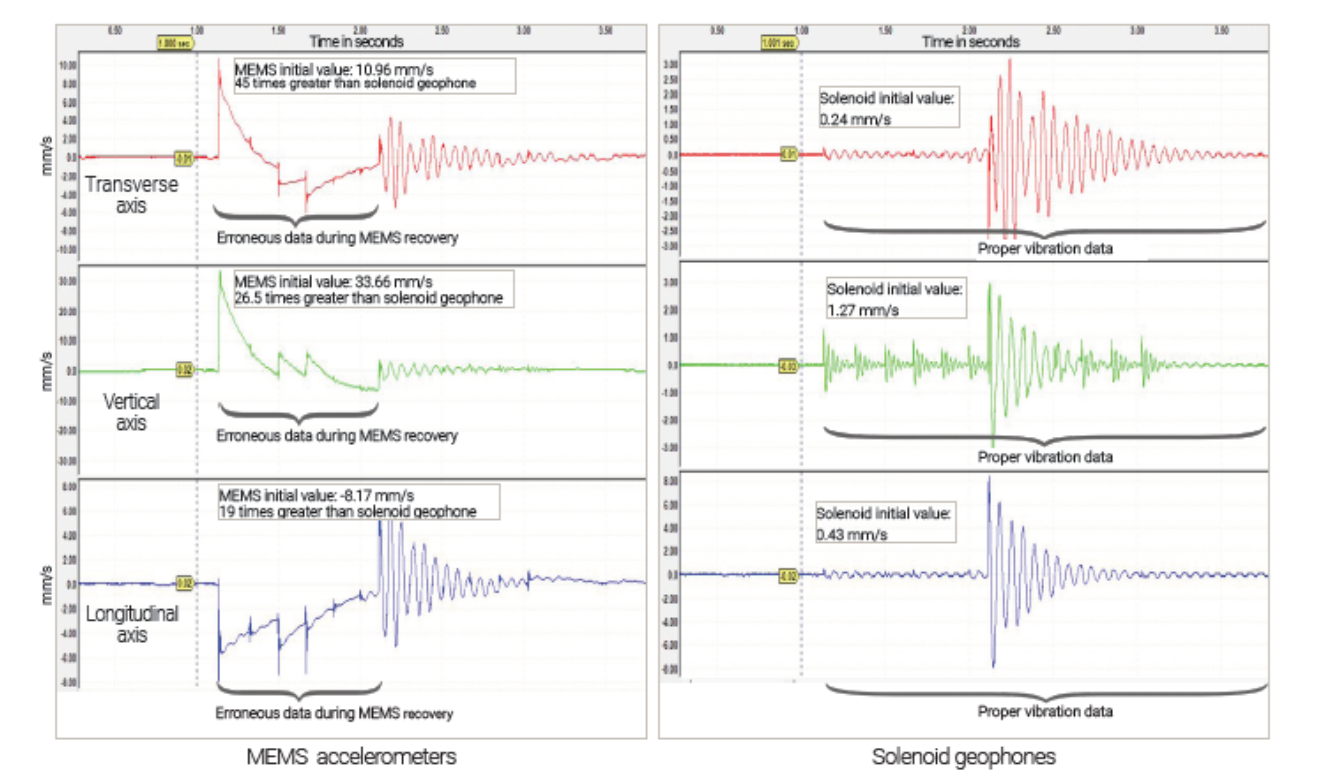
Figure 1. VRE affecting velocity results of MEMS accelerometers compared to the same vibration event as recorded by solenoid geophones
 Part 3 of this 6-part blog series will explore the operational limits of MEMS accelerometers at high frequencies.
Part 3 of this 6-part blog series will explore the operational limits of MEMS accelerometers at high frequencies.
-
 Wildfire Cleanups and Recovery: Perimeter Air Quality Monitoring
Wildfire Cleanups and Recovery: Perimeter Air Quality Monitoring -
 Protection from Wildfire Smoke – California, Washington and Oregon
Protection from Wildfire Smoke – California, Washington and Oregon -
 What is Respirable Silica Dust and Why Do You Need to Monitor It?
What is Respirable Silica Dust and Why Do You Need to Monitor It? -
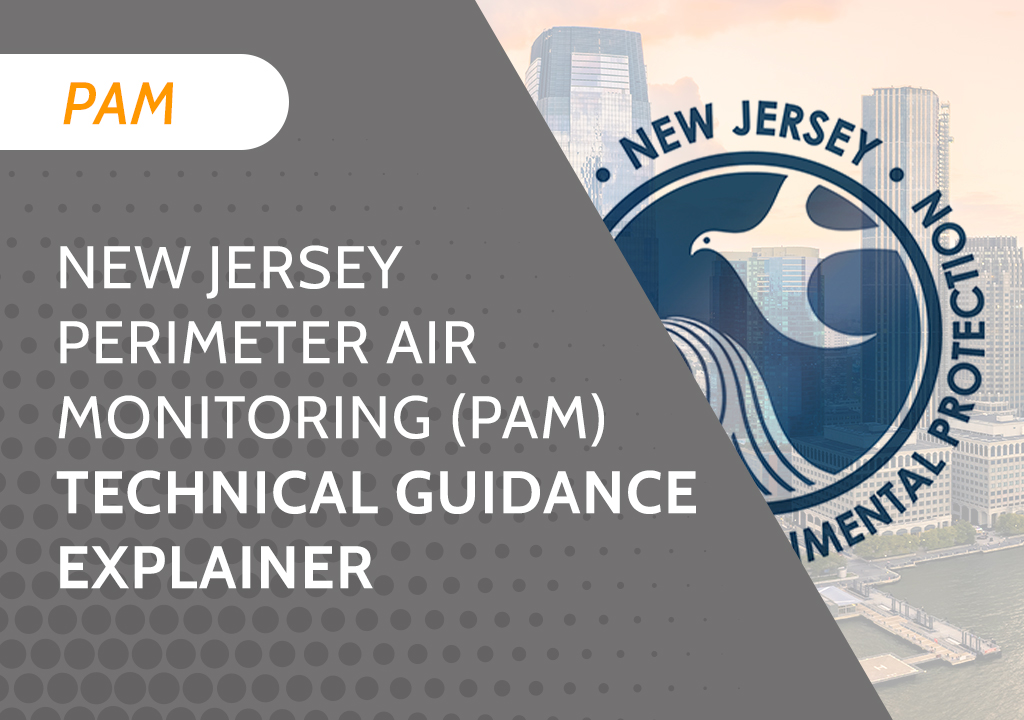 New Jersey Perimeter Air Quality Monitoring (PAM) Technical Guidance Explainer
New Jersey Perimeter Air Quality Monitoring (PAM) Technical Guidance Explainer -
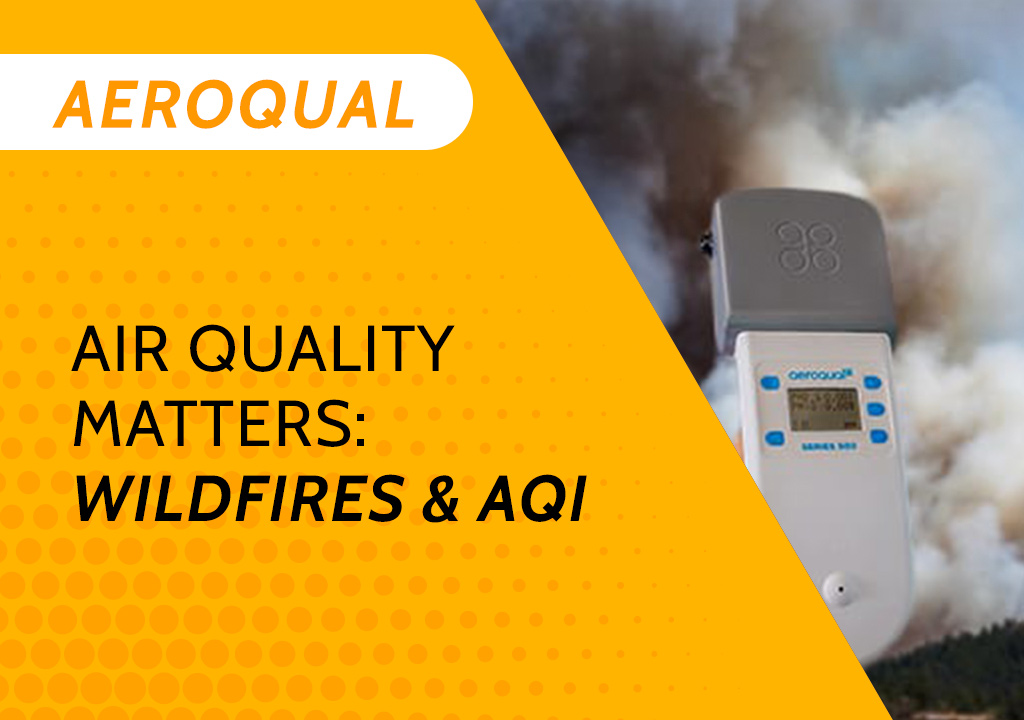 Air Quality Matters: Wildfires & AQI
Air Quality Matters: Wildfires & AQI -
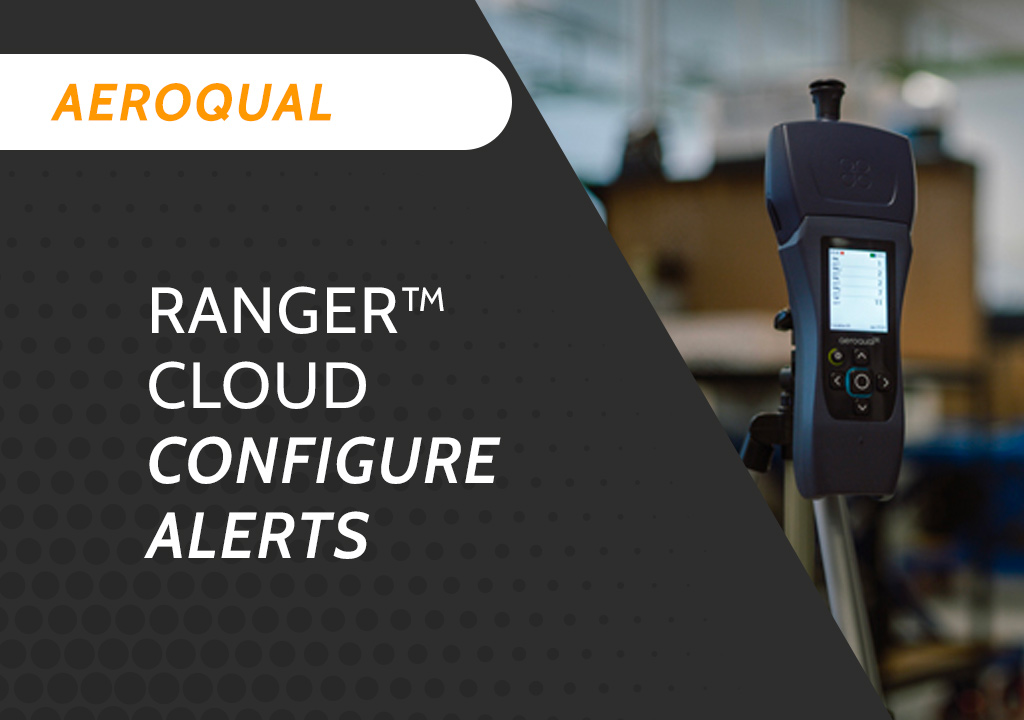 Aeroqual Ranger™ Cloud from Specto Technology - Configure Alerts
Aeroqual Ranger™ Cloud from Specto Technology - Configure Alerts -
 Aeroqual Ranger™ Cloud from Specto Technology - Connect to Wi-Fi
Aeroqual Ranger™ Cloud from Specto Technology - Connect to Wi-Fi -
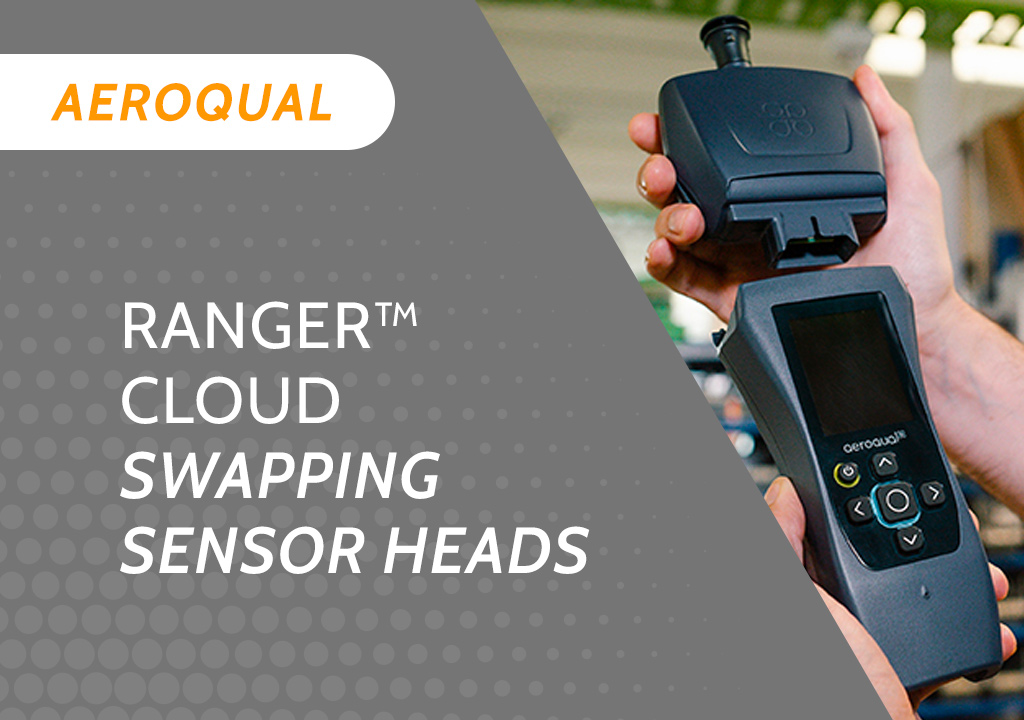 Aeroqual Ranger™ Cloud from Specto Technology - Swapping Sensor Heads
Aeroqual Ranger™ Cloud from Specto Technology - Swapping Sensor Heads -
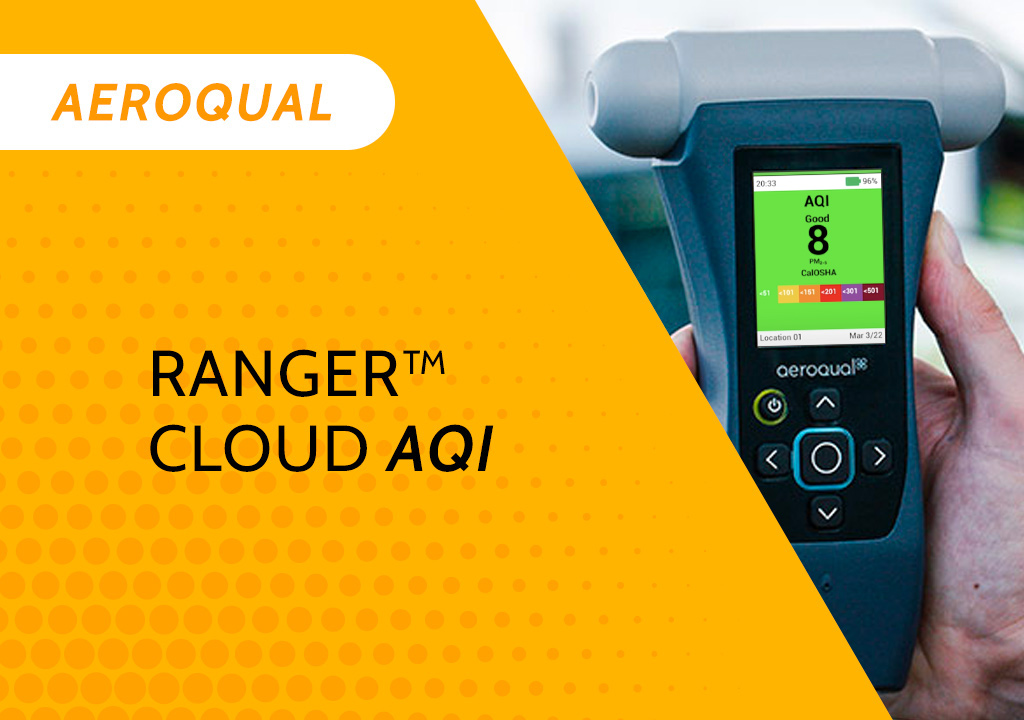 Aeroqual Ranger™ Cloud from Specto Technology AQI
Aeroqual Ranger™ Cloud from Specto Technology AQI -
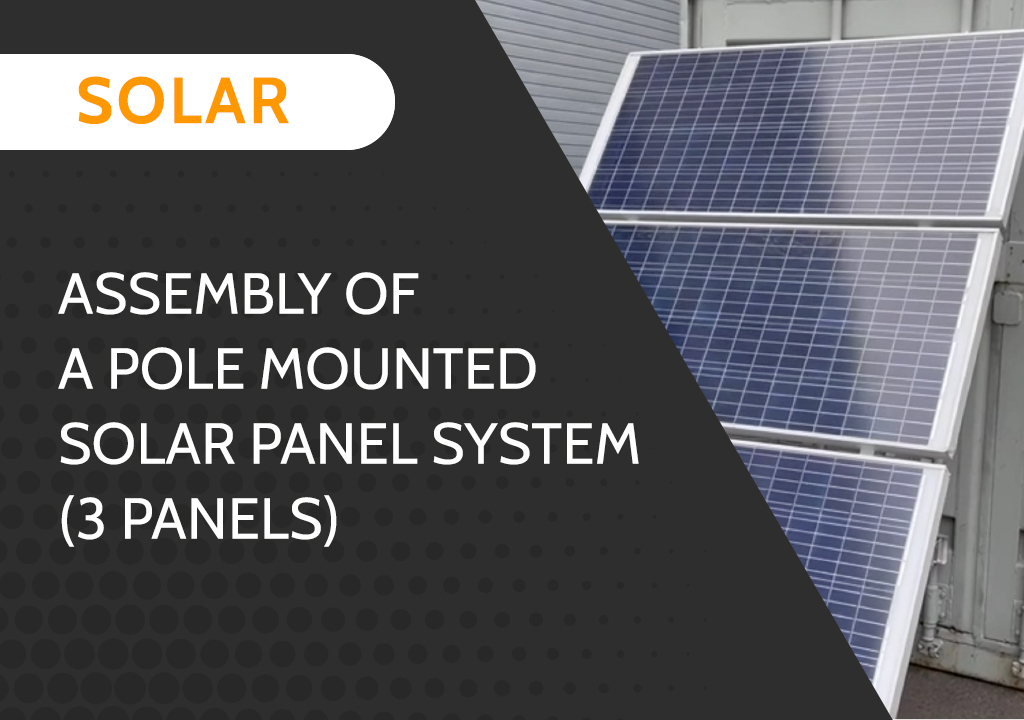 Assembly of a pole mounted solar panel system (3 panels)
Assembly of a pole mounted solar panel system (3 panels)
